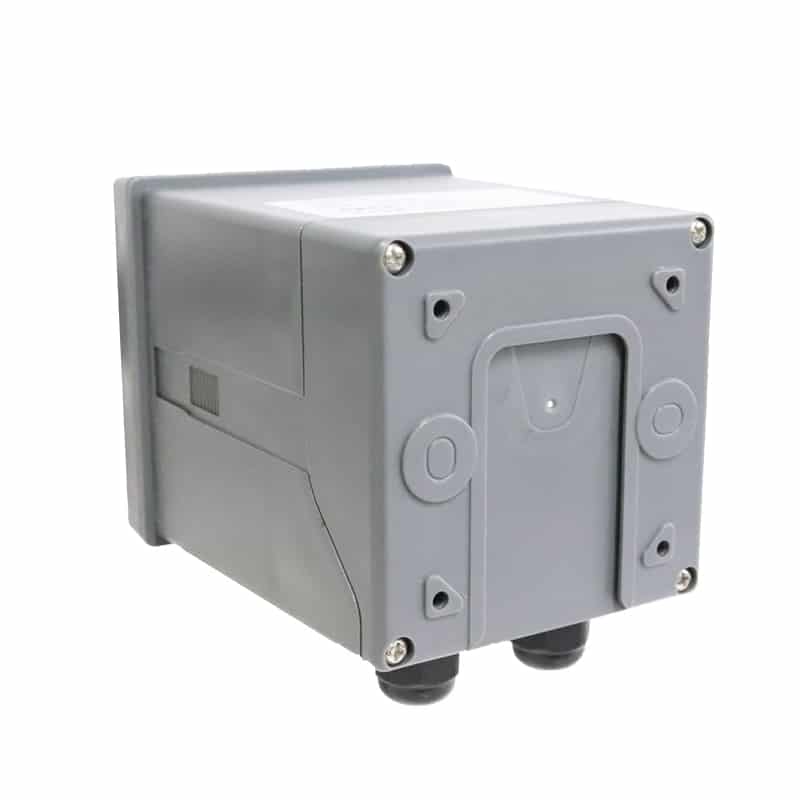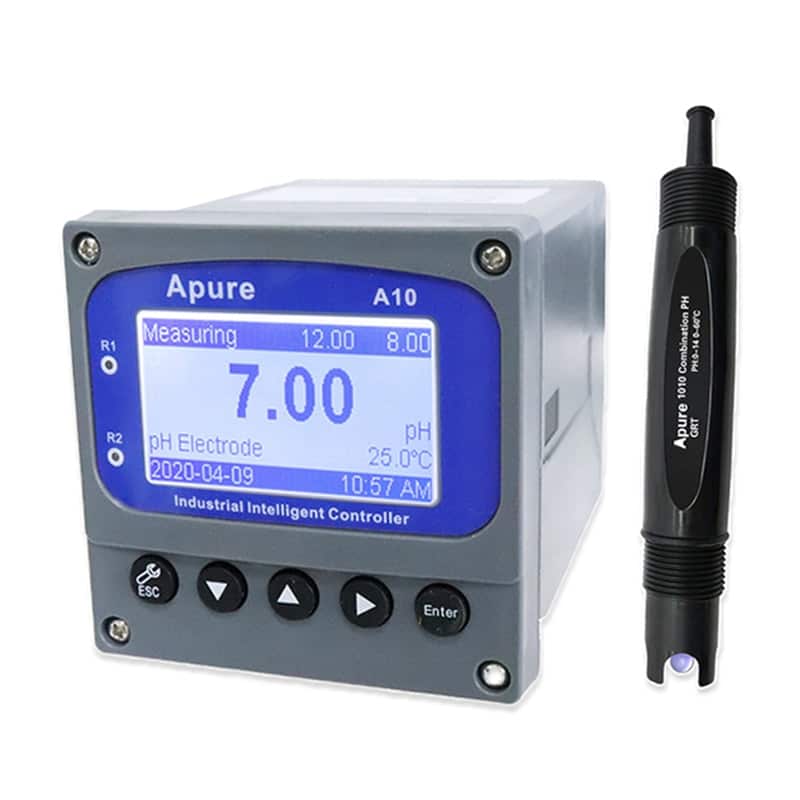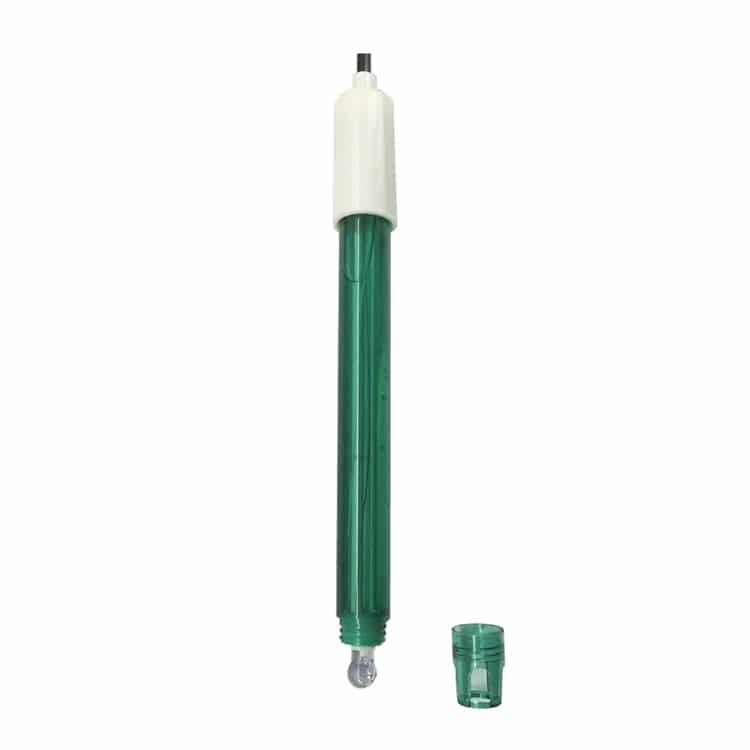The pH of sugar is a topic rarely considered, yet sugar is an incredibly common ingredient in our daily lives, playing an essential role in everything from desserts and beverages to cooking. Although sugar may seem simple, its acid-base properties in solution can have subtle but significant effects on the taste, preservation, and health impacts of foods. Today, let’s delve into the pH of sugar, explore how it behaves in solution, and understand how it influences the world around us.
What Is pH and Does Sugar Have A pH?
When we dissolve sugar in water, the sugar solution usually has a neutral or slightly acidic pH. Generally, the pH of a sugar solution is between 5 and 7, with the exact value depending on factors such as the type of sugar dissolved, the concentration of the solution, the purity of the water, and the temperature. It is important to note that sugar itself is not an acidic or alkaline substance, but it may cause the pH of the water to shift slightly toward acidic during dissolution.
Example:
- Sucrose solutions usually have a pH between 6.5 and 7, which is close to neutral.
- Glucose solutions, on the other hand, may have a slightly lower pH, between 5.5 and 6.5, and this slight acidity has less impact on the flavor of the drink.
Why Is the pH of A Sugar Solution Acidic?
Although sugar itself is not acidic, it reacts with trace components in the water during the dissolution process to produce a slightly acidic solution. Particularly during some processes, such as the production of molasses and fructose syrups, small amounts of acidic by-products may occur. These trace acidic components sometimes affect the pH of the sugar solution, biasing it toward acidity.
Effect of Sugar pH on Foods
The pH of sugar plays an important role in cooking and food processing. For example:
- Stabilizing the acidity of food: Adding sugar to some acidic foods (such as fruit sauce) can balance the taste so that the acidity is not too prominent.
- Inhibit bacterial growth: A slightly acidic environment can inhibit the growth of certain bacteria to a certain extent, prolonging the shelf life of the food.
- Enhance flavor: The acidity in the sugar solution can enhance the flavor of foods such as fruit juices and beverages, making the taste more balanced and natural.
Relationship Between Sugar Solution pH and Health
In terms of health, the pH of sugar has less impact on the acid-base balance of the body as it is metabolized in the body without changing the acidity or alkalinity of the body fluids. However, excessive intake of sugar may lead to dental caries because bacteria in the mouth will ferment the sugar to produce acids that can damage tooth enamel. Therefore, it is very important to pay attention to moderate sugar intake and maintain oral hygiene in daily life.
Instruments and Methods for Monitoring the pH of Sugar Solutions
In food processing and laboratory research, accurate measurement of the pH of sugar solutions is important to ensure product quality and taste balance. The following pH measuring instruments are commonly used:
- pH meter(A10 Aquarium ORP pH Controller): This is the most common and accurate pH measuring instrument and usually consists of a glass electrode and a reference electrode. When measuring sugar solutions, pH meters can quickly and accurately indicate the acidity or alkalinity of the solution, but require regular calibration and careful handling to avoid the electrodes being covered by viscous liquids such as sugar syrup, which can affect the accuracy.


- Indicator paper: Although not as accurate as a pH meter, indicator paper is a simple and quick way to measure. Dip the test paper into the sugar solution and determine the approximate pH range based on the color change. This method is suitable for initial testing, but may be affected by the color and concentration of the sugar solution.
- pH electrode(e-201 Lab Glass pH Electrode) with acid-base conductivity sensor: Some modern laboratories and industrial production use acid-base conductivity sensors or pH electrodes for online monitoring. These sensors track the pH changes of the sugar solution in real time and are suitable for use where stable pH control is required over a long period of time, such as monitoring of the sugar solution during fermentation.


Summary
Although the pH of sugar solutions, which usually ranges from neutral to slightly acidic, seems to have little impact on daily life, it does play an important role in food processing, flavor modification, and shelf-life extension. Understanding the pH characteristics of sugar will not only help us to better control food quality, but also increase health awareness in our daily diet.
Apure offers water quality parameter testers, pressure and temperature monitors, flow and level monitors. Please contact us if required.
